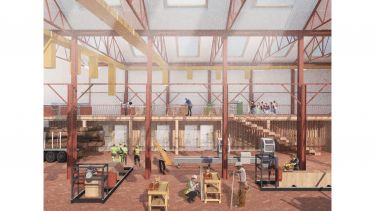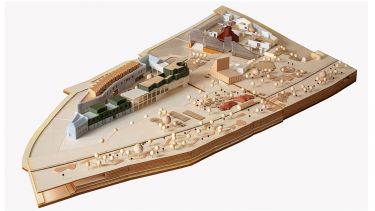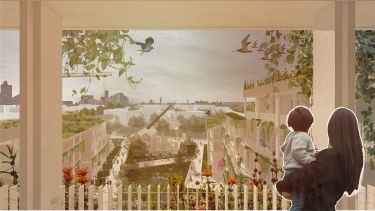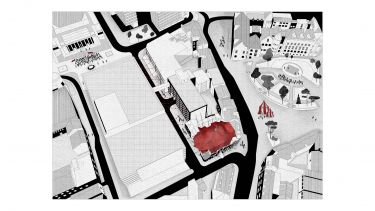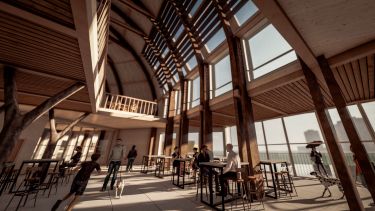2020-2021 MArch studios
An introduction to the MArch studios we ran in the academic year starting in September 2020. Some of these studios have built on previous work, and some of them reflect the pandemic that was a core part of life in these years.
Housing the Public
Seizing emptiness with optimism, seeing this as an open invitation to re-imagine what is valuable about our collective urban spaces and the way we want to live.
In process
The studio asked whether our methods of creation can be culture-producing, community-generating exercises in themselves. Can we, as architects, have a great time?
Intergenerational Architecture
This studio investigated how we can design and evolve appropriate architectural responses for our current and future intergenerational demographic.
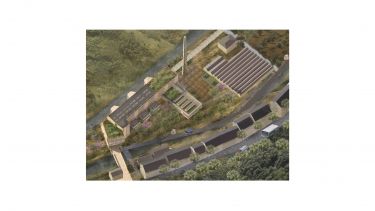
Sacred Landscapes
We questioned how we could optimise our relationship with the rich resources of the West Yorkshire landscape.
About the Sacred Landscapes 2020-2021 studioInvisible Cities
Exploring how radical methodologies of care can be applied to reclaim, repair and recast our institutions to be vital, restorative structures that can support the reproduction of a more just and inclusive society.
Landscape and Urbanism
The studio explored the cultural and historical legacy of our relationship with water over time, exploring the River Don from source to estuary.
Resilient Futures
The studio explored models of resilient architectures that could redefine borders and empower vulnerable and marginalised communities in the age of global uncertainty.

